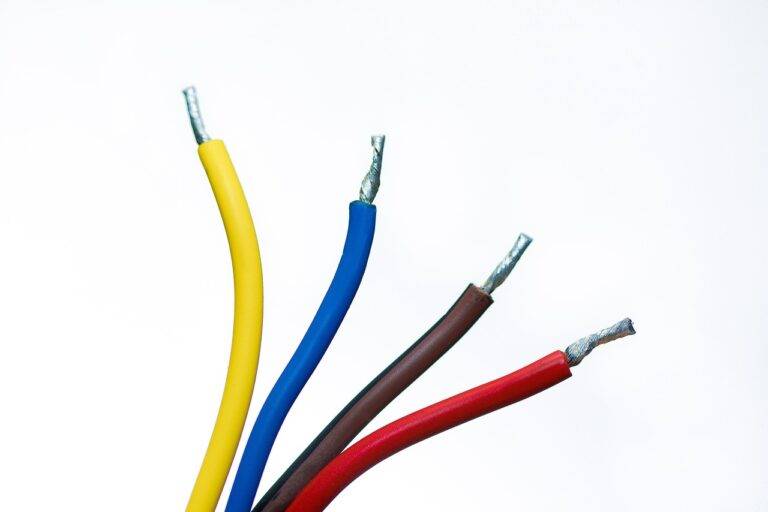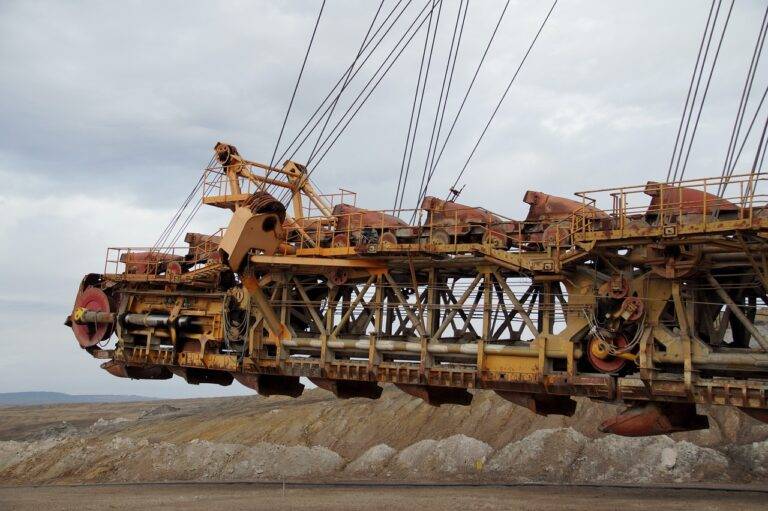Tech Solutions for Water Conservation: IoT Sensors, Smart Irrigation, and Desalination
As water conservation technologies become increasingly prevalent in the effort to sustain our water resources, it is crucial to consider the broader environmental impacts that these innovations may have. While these technologies are designed to reduce water consumption and promote efficiency, their implementation can introduce new challenges to ecosystems and natural habitats. For instance, the extraction of water for these technologies can alter the flow patterns of rivers and impact the aquatic organisms that depend on these habitats for survival. Additionally, the energy required to power these technologies can contribute to increased greenhouse gas emissions and air pollution, further exacerbating climate change and its associated environmental consequences.
Collaboration Between Technology Companies and Water Management Agencies
Water management agencies and technology companies are increasingly collaborating to address water conservation challenges. This partnership is essential in harnessing innovative solutions to improve the sustainability of water resources. Through collaborative efforts, these entities can leverage their expertise and resources to develop efficient technologies that help in the conservation and efficient use of water.
By combining the knowledge and experience of water management agencies with the technological advancements of companies, innovative strategies can be implemented to monitor, manage, and optimize water usage. This collaboration not only benefits the environment but also enhances the overall effectiveness of water conservation efforts. Through shared goals and open communication, technology companies and water management agencies can work together to create a more sustainable future for water resources.
How can water conservation technologies help reduce environmental impacts?
Water conservation technologies can help reduce environmental impacts by decreasing the amount of water needed for various activities, thereby conserving natural resources and reducing strain on ecosystems.
What are some examples of water conservation technologies?
Examples of water conservation technologies include low-flow fixtures, smart irrigation systems, rainwater harvesting systems, and greywater recycling systems.
How can collaboration between technology companies and water management agencies benefit water conservation efforts?
Collaboration between technology companies and water management agencies can benefit water conservation efforts by fostering innovation, improving efficiency in water usage, and increasing access to sustainable water management solutions.
What role do water management agencies play in promoting the adoption of water conservation technologies?
Water management agencies play a crucial role in promoting the adoption of water conservation technologies by providing incentives, regulations, and support for implementing these technologies in homes, businesses, and public spaces.
How can individuals and communities get involved in water conservation efforts?
Individuals and communities can get involved in water conservation efforts by using water-efficient appliances, reducing water waste, participating in water conservation programs, and advocating for sustainable water management practices.





